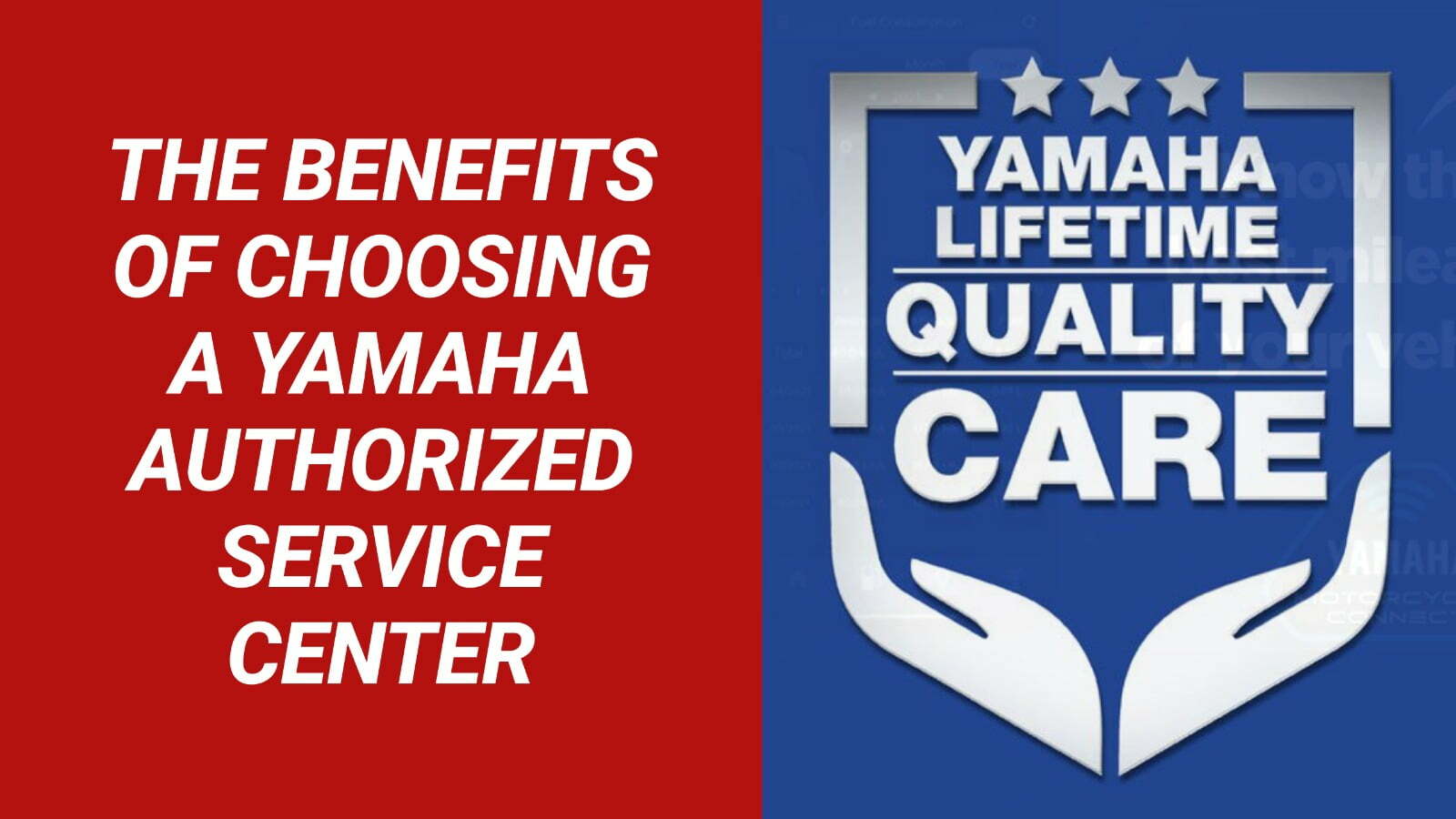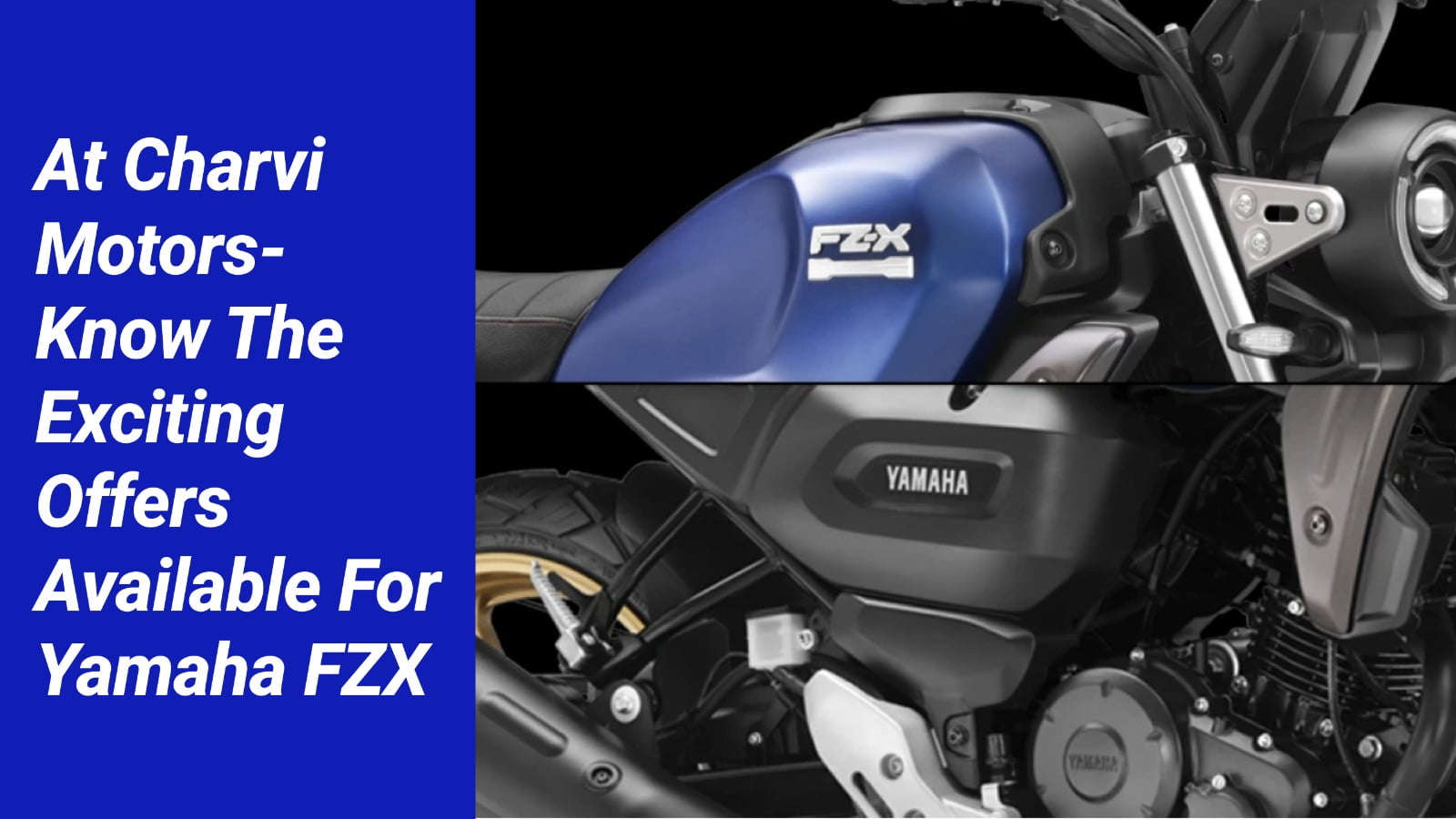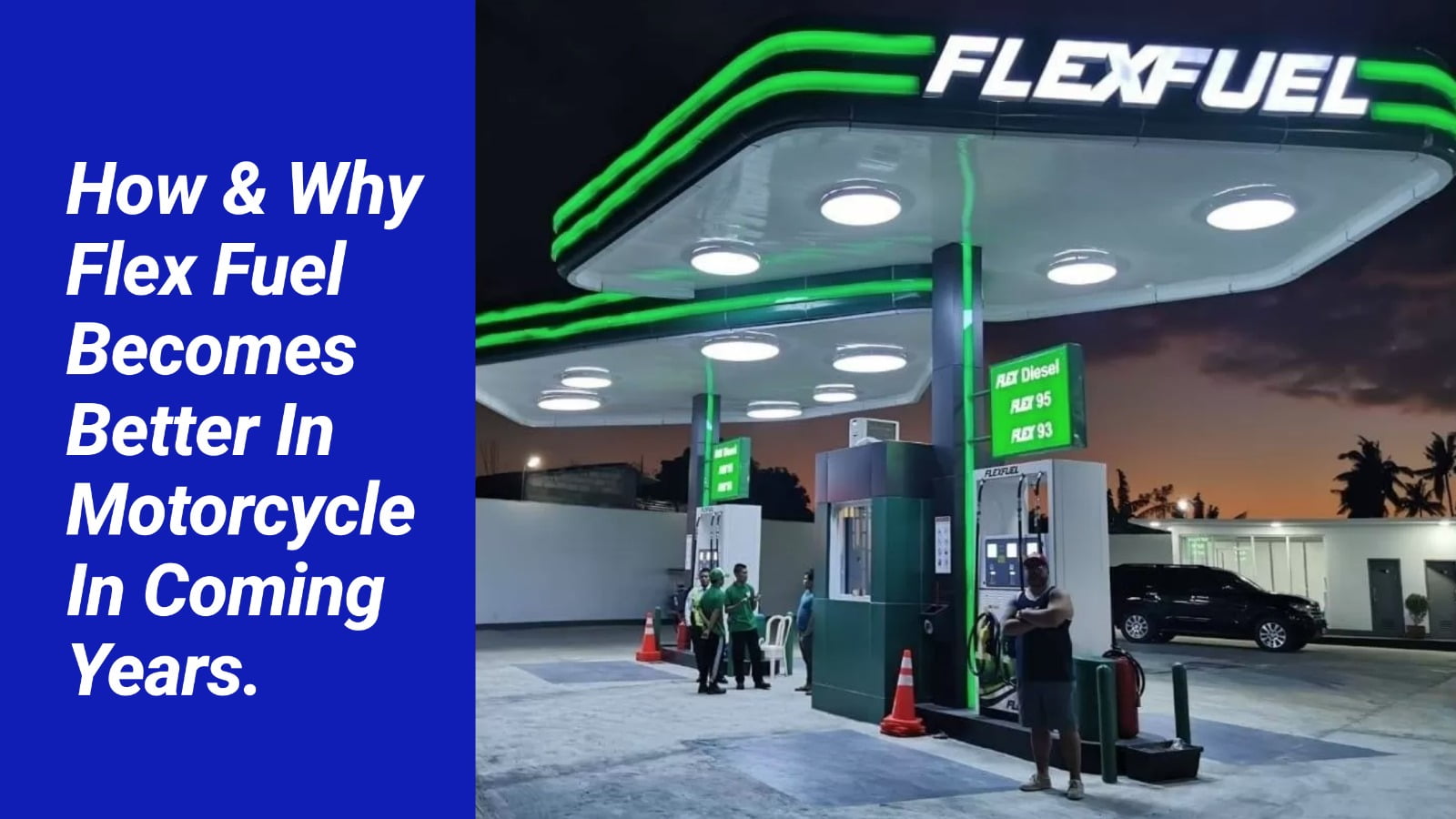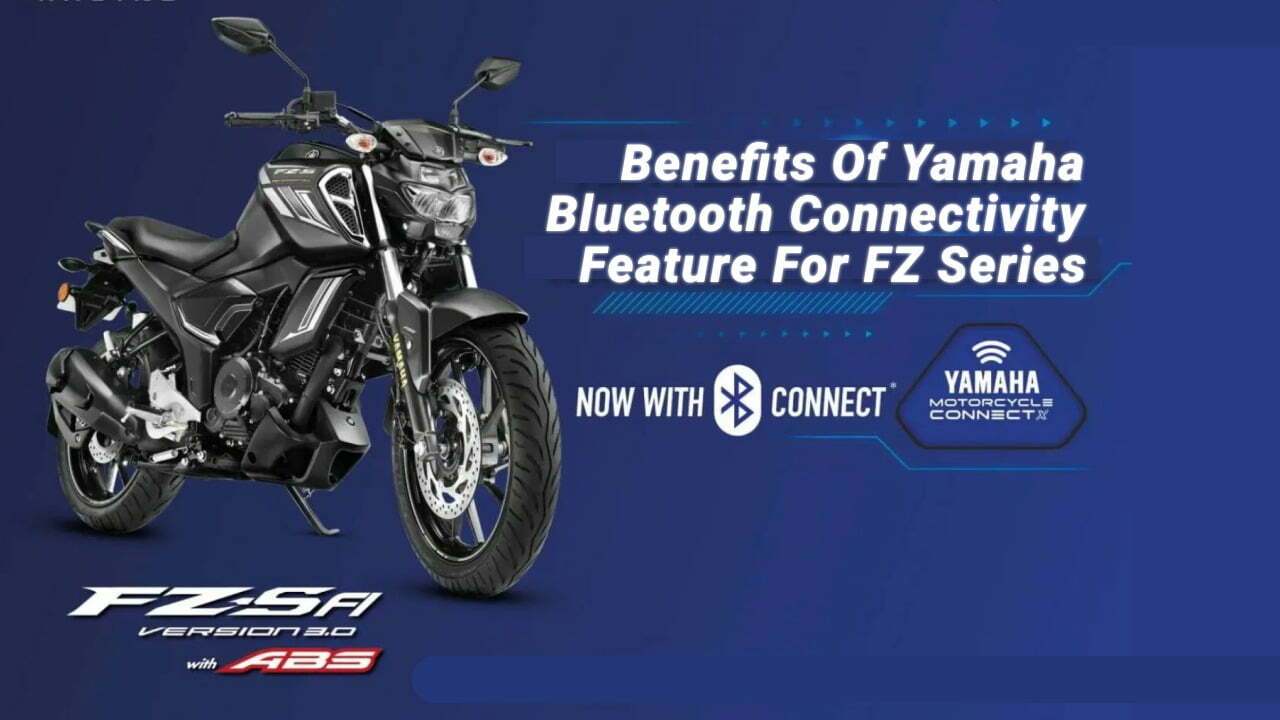It’s essential to maintain your motorcycle using only original replacement spare parts. Spare part replacement is an essential component of regular service and maintenance for motorcycles. As the bike ages, its components are more prone to wear and tear and may need to be repaired or replaced. The latter worries the owner greatly because a phoney part can end up doing more harm than good to the car. Although they could be less expensive, aftermarket parts are frequently of lower quality than those created by the original manufacturer. Here are five justifications for only purchasing Genuine motorbike parts for your car:
Genuine Spare Parts for bike
- Quality: Quality is one of the most crucial justifications for using genuine replacement parts. To make sure their products meet the highest standards, manufacturers invest a lot of time and money in designing and testing their parts. Genuine parts are created with high-quality components and are customized for your bike. On the other hand, aftermarket components are typically constructed from less expensive materials and may not have undergone as rigorous testing. A shortened lifespan and significant safety hazards may result from this.
- Performance: Your bike will operate at its peak if you use genuine parts. Genuine parts are optimised for performance and created to function with the other parts of your bike. The performance of aftermarket parts could not be as high and they might not be made to fit your bike. Reduced performance, decreased fuel efficiency, and other problems may result from this.
- Warranty: The guarantee on your bike can be preserved by using genuine components. When performing repairs or replacing components, many manufacturers insist that you utilise original components. Your warranty can be voided if you use aftermarket components and something goes wrong. This can be an expensive error, particularly if you need to make a significant repair.
- Safety: Using genuine components might assist secure your riding security. Genuine components are made to function with your bike’s safety features, including its suspension and brakes. There may be safety hazards if aftermarket components aren’t made to function with these systems. For instance, utilising brake pads that are not real can decrease stopping power and raise the possibility of an accident.
- Resale value: The resale value of your bike can be maintained by using genuine parts. If you use genuine parts to maintain your bike, potential buyers will be more inclined to pay more for it when you try to sell it. If you use aftermarket components, selling your bike could be harder and you might not get as much money for it.
Conclusion: Genuine Spare Parts
In conclusion, there are numerous benefits to choosing solely authentic bike parts. Although aftermarket components may be less expensive, they are not necessarily the best option. Genuine parts are created with high-quality components and are customized for your bike. They are also performance-optimized, and they can assist maintain the resale value and warranty of your bike in addition to ensuring your safety while riding. Always choose quality above the price when it comes to maintaining your bike.
Also Read: Yamaha Service Center in Mysore










